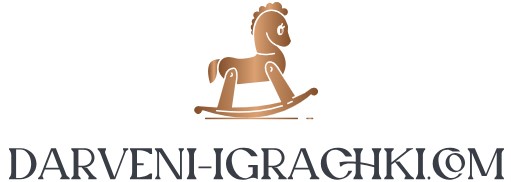If there is no difference between the standard price and the actual price paid, the outcome will be zero, and no price variance exists. To begin with, calculating direct material variance involves comparing the standard cost of materials to the actual cost incurred. This comparison helps businesses understand whether they are spending more or less than anticipated on raw materials.
Key Differences
This includes optimizing order quantities, improving storage conditions, and implementing better material handling procedures to reduce waste and spoilage. Indirect materials include nails, screws, glue, and other small or immaterial items. Variance analysis has its roots in the early 20th century, arising from scientific management principles. As manufacturing processes became more complex, tracking cost variations became essential for maintaining profitability and operational efficiency.
For Boulevard Blanks, let’s assume that the standard cost of lumber is set at $6 per board foot and the standard quantity for each blank is four board feet. Based on production and sales being equal at 1,620 units, the total standard cost would have been $38,880. An unfavorable MQV indicates higher material usage than planned, leading to increased production costs. Identifying and addressing the causes of MQV is essential for maintaining control over production expenses and improving cost efficiency.
Material Quantity Variance (MQV)
Understanding and managing this variance is key to strategic financial planning and operational success. The favorable variance of $400 indicates that the company used less material than expected, reducing production costs. Errors direct-material total variance in material requisition, such as over-ordering or under-ordering materials, can cause variances.
Possible Causes of Direct Materials Variances
Our purchasing department was able to find materials for less than our standard, saving us a significant amount of money, which in turn improves the bottom line, which means this is a favorable variance. We could interpret the negative number as “below expectations” which is possibly a good thing when it comes to cost. However, it is also possible that we gained those cost reductions by buying lesser quality raw materials which could hurt us in the long run. In conclusion, a proactive approach to monitoring and managing material variances is vital for achieving financial stability and operational excellence in manufacturing. Effective management of these variances not only leads to cost savings but also contributes to overall operational excellence and competitive advantage.
- Each bottle has a standard material cost of \(8\) ounces at \(\$0.85\) per ounce.
- Companies must stay informed about market trends and consider strategies such as hedging or long-term contracts to mitigate these risks.
- This variance occurs when there is a discrepancy between the amount of material that should have been used according to the standards and the amount that was actually used.
- By delving into the specifics of variances, companies can uncover inefficiencies and make informed decisions to optimize their operations.
- Because the company uses 30,000 pounds of paper rather than the 28,000-pound standard, it loses an additional $20,700.
BAR CPA Practice Questions: Calculating Capitalized Software Development Costs and Amortization
- Factors such as outdated equipment, suboptimal production methods, and untrained labor can contribute to these inefficiencies, resulting in a positive MQV (unfavorable variance).
- Therefore, the sooner management is aware of a problem, the sooner they can fix it.
- During the month of December 2022, its workers used 3,750 feet of timber to finish 1,500 office chairs.
- He is a four-time Dummies book author, a blogger, and a video host on accounting and finance topics.
- To begin with, calculating direct material variance involves comparing the standard cost of materials to the actual cost incurred.
- The standard quantity is the expected amount of materials used at the actual production output.
If the actual usage of butter was less than 600, customers may not be happy, because they may feel that they did not get enough butter. If more than 600 tablespoons of butter were used, management would investigate to determine why. Direct Materials Total Cost Variance is pivotal for identifying cost inefficiencies in material procurement and usage. By comprehensively analyzing this variance, businesses can optimize production processes, maintain better budget control, and enhance overall profitability.
See direct material total variance#Example and direct material price variance#Example for computations of both components. These variances are used to identify inefficiencies, wastages, or changes in market prices, helping the management to take corrective actions to control costs. Both favorable and unfavorable variances provide important feedback about operational efficiency.
Mistakes in estimating the required quantity of materials for production runs can lead to discrepancies between actual and standard material usage. The unfavorable variance of $1,000 indicates that the company spent $1,000 more on materials than budgeted due to higher actual prices. MPV analysis helps businesses make necessary adjustments to their budgeting and forecasting processes. By understanding the causes of price variances, companies can adjust their future budgets to reflect more accurate material cost estimates. Effective management of direct material variance can lead to significant savings and better resource allocation.
The total direct materials cost variance is also found by combining the direct materials price variance and the direct materials quantity variance. By showing the total materials variance as the sum of the two components, management can better analyze the two variances and enhance decision-making. In this case, the actual quantity of materials used is 0.20 pounds, the standard price per unit of materials is $7.00, and the standard quantity used is 0.25 pounds. This is a favorable outcome because the actual quantity of materials used was less than the standard quantity expected at the actual production output level. As a result of this favorable outcome information, the company may consider continuing operations as they exist, or could change future budget projections to reflect higher profit margins, among other things.
